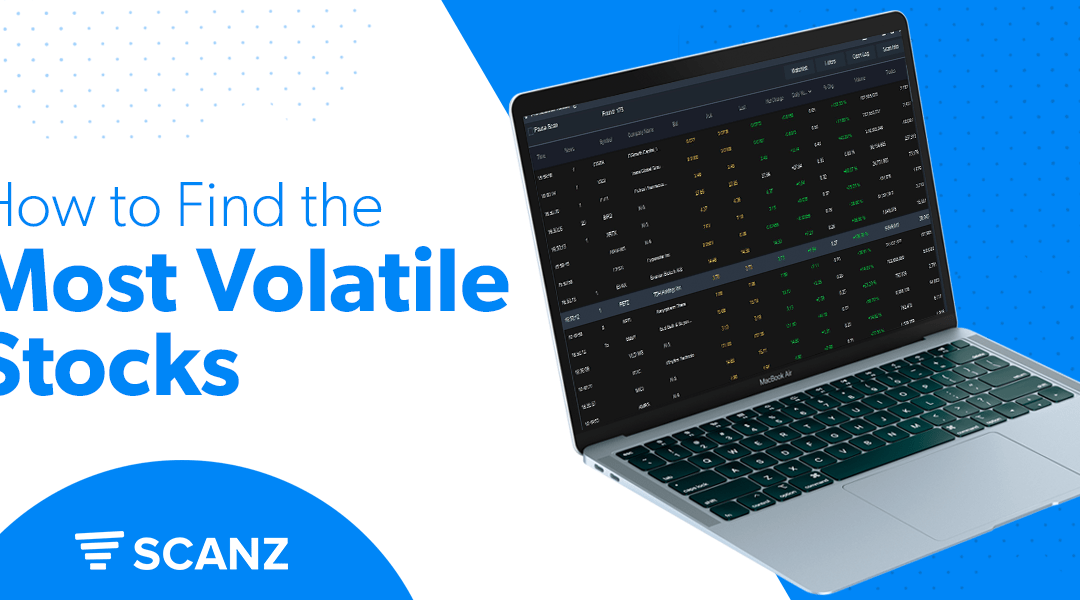Stock moving averages can be calculated across a wide range of intervals, making them applicable to both long and short-term investment strategies.
When navigating the financial markets, traders can choose from a number of tried-and-true strategies. One of the most common technical indicators in trading is the moving average. It’s a helpful resource for figuring out when it’s the right time to buy and sell stocks. Smoothing out price fluctuations, it shows the general direction that a stock has been moving recently.
In this article, we’ll take a look at the 200 day moving average, which is among the most widely used indicators.
What Is the 200-day Moving Average?
The 200 day moving average is a stock’s average closing price over the last 40 weeks. It’s a standard tool for gauging the broader direction of the stock market. When the 200 day moving average for a stock’s time frame is higher than its most recent closing price, it is in an uptrend. This figure is commonly employed with other shorter-term market indicators. In addition to revealing the market’s general direction, the space between the moving averages can be used to gauge the trend’s intensity. For example, contrasting the 50 day and 200 day moving averages is rather common.

Pros of the 200 Day Moving Average
As an investor or trader, you can reap several benefits from using the 200 day moving average indicator.
Fundamentally Sound Securities
This indicator helps traders avoid stocks that are trading below their 200 day moving average. This separates stocks that are technically sound from those that aren’t. Stocks that have outperformed the moving average throughout this time span often have solid fundamentals that have sustained high prices. Furthermore, the percentage of businesses performing beyond their 200 day moving average shows the market’s financial condition and trading confidence.
Level of Support and Resistance
Traders can use the 200 day moving average trend line as a tool to identify significant price thresholds that have not been broken. Without a significant event, prices are more likely to reverse course before breaching the moving average. Therefore, the moving average can be used as a solid floor or ceiling for support or resistance. If the 200 day moving average is rising, for instance, and prices are about to bounce off the support level, traders will buy. The trader’s expectation at this point is that the market has bottomed out and prices will begin to rise again. However, when the overall trend climbs too steeply, investors may anticipate a near-term loss of momentum.
Strength of the Current Trend
With the help of the 200 day moving average, investors and traders can gauge the stability of the present trend. For instance, a sharp decrease in the 200 day moving average indicates a severe downward trend.
Price Crossover
When stock prices rise above their 200 day moving average, it may be taken as a positive indicator. These crossovers can be studied by traders and used with other metrics to help pinpoint the best entry points.
Cons of the 200 Day Moving Average
Avoid making the common mistake of relying solely on 200 day moving averages when making investment decisions. Here are some of its disadvantages:
Lag
Despite these benefits, there is one important drawback to using a 200 day moving average that must be taken into account: lag. Stock moving averages are notoriously slow to change, despite the seemingly infinite innovation of market professionals over the years. This works in their favor during periods of irregular price appreciation, but it becomes a severe drawback when the trend reverses.
The longer the period covered by your moving average, the larger the lag — that is, how sensitive your moving average is to market fluctuations. For instance, a 10-day moving average will respond rapidly to price shifts, whereas a 200-day moving average will be much slower to do so.
Not Predictive
The idea that past success does not guarantee future results is one of the most substantial reasons why using the 200 day moving average is unreliable. Day-to-day fluctuations in stock prices are common, and traders should be prepared for the possibility of sudden shifts in the market. The only information that this technical indicator gives is historical. Therefore, it cannot accurately predict the future movement of stocks.
Summing Up
If you want to see how a stock has performed over the last 40 weeks, the 200 day moving average is an excellent indicator. It illustrates the stock’s price strength and describes its long-term trajectory. However, the lagging and non-predictive nature of this indicator presents a disadvantage.
By combining it with other metrics, the 200 day moving average can help traders pinpoint precisely when to enter and exit. Good investing opportunities may include stocks with prices currently higher than the 200-day moving average.








